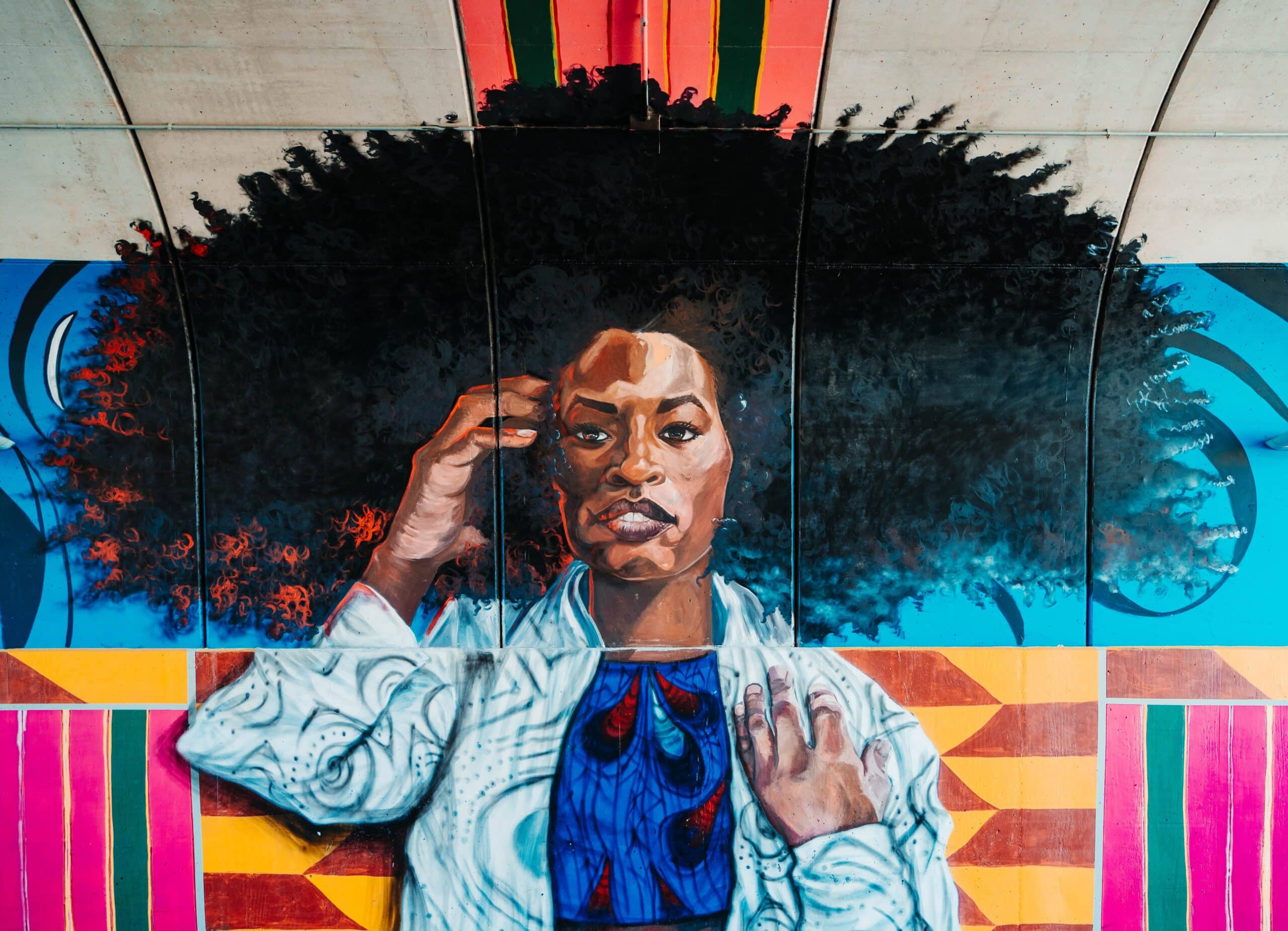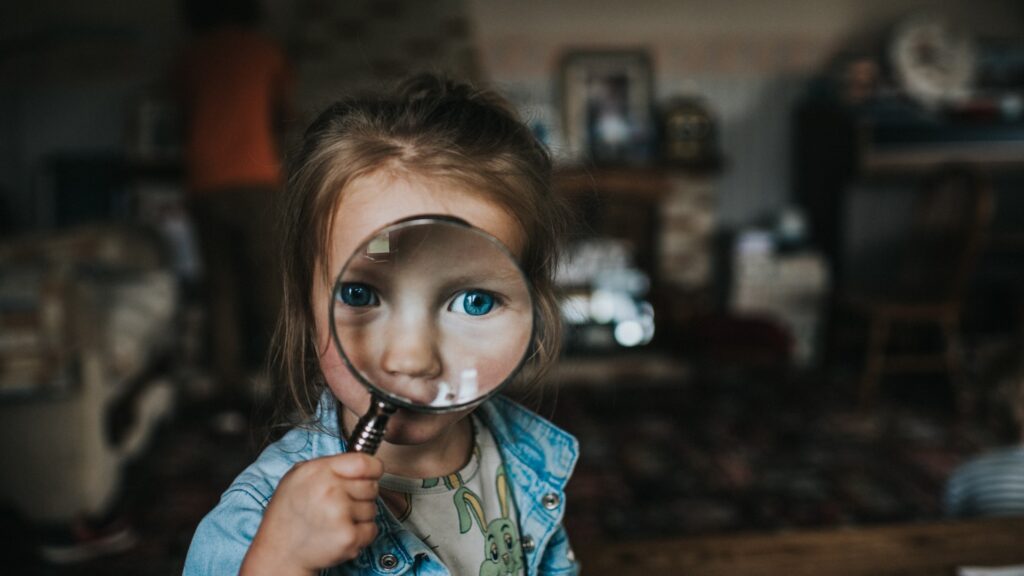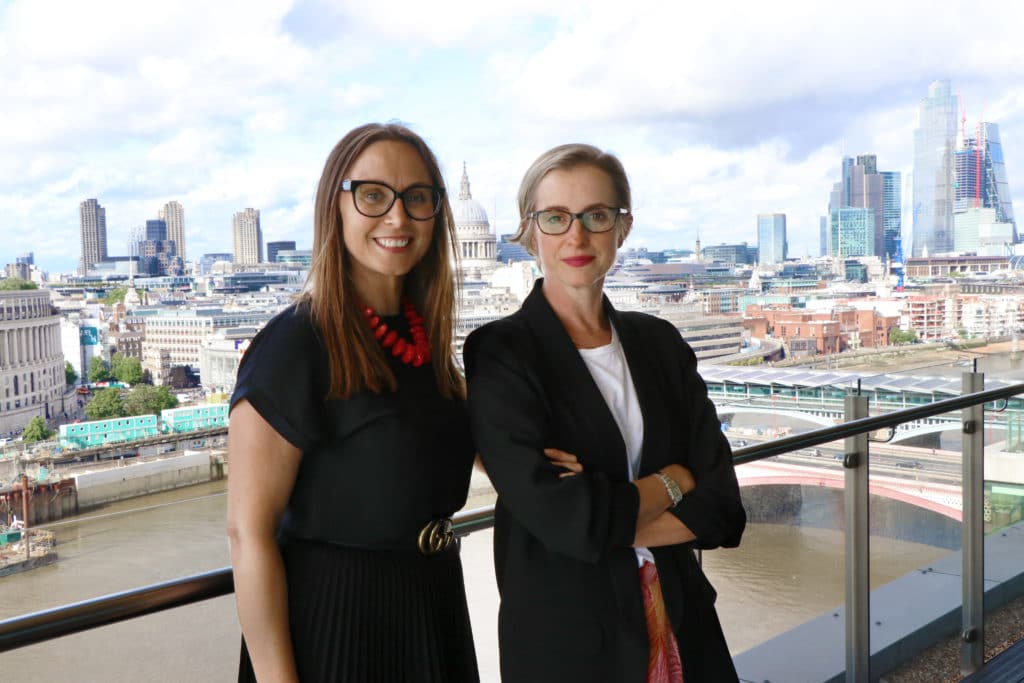Great media planning and strategy is as much art as science

By Elliott Millard, Chief Strategy and Planning Officer
Our industry is more complicated than ever before, but getting to great work doesn’t have to be.
It is something of a lazy trope to say that consumer behaviour is transforming and fragmenting, and that the advertising industry is more complicated than ever before. But while it is a cliché, it is also true. Media consumption has fragmented, audiences are becoming less alike than ever before and the digitisation of all channels means that marketers need to be experts not only in communications but also the smart deployment of digital, data and technology.
Focusing on this single challenge means we miss the other transformational shifts happening in both our industry and wider culture. We risk creating purely technical operational models where our obsession about incrementality and attribution means we miss the most valuable opportunities for growth as well as their application in wider media.
First, we need to recognise that advertisers live in an on-demand world. For the first time in the history of advertising we are faced with feast, not famine. We have endless data on almost everything, but data does not equal insight. We suffer from choice paralysis and the fear of making the wrong decision means we spend too much time in analysis for the sake of analysis and not enough time in the strategic application of insight.
And it is becoming harder to grow. We are faced with the twin headwinds of a cost-of-living crisis and a population who are harder to reach and more cynical of advertising. This is where strategic thinking needs to deliver – in finding and unlocking new sources of growth whether through new audiences, new occasions, new brand stories or in fundamental business operations.
We need to embrace the value media agencies deliver for clients rather than reinventing ourselves as a tech business.
Our language constrains us. In a world where bus shelters run videos and news is consumed via social networks, there are no boundaries between digital and traditional channels for consumers, there are simply the encounters they have with brands and the connections that they build with those brands. The way we show up in the media is as much a part of a brand’s body language as what we say. This is the heart and craft of true comms planning.
And finally we have fewer people and less time to navigate all this complexity. We have all lived through the great resignation and seen the cuts to headcount across the digital platforms. We must recognise that we need to do more with less.
With these headwinds it is understandable that we talk so much about transcending the industry – that our future lies in being a tech business or a consultancy. We sometimes seem to be ashamed of being media agencies.
But the power of media agencies to create value is extraordinary. The average ROI in the UK is about £5 for every £1 spent. That means we generate £200bn of value for our clients. We should be using technology to make more informed strategic decisions and to speed up low value tasks, we should not be trying to become a tech business.
The greatest risk is the complexity that comes with such a landscape. A strategy that never shows up in the real world is an indulgence. A growth audience that cannot be bought in the media is a distraction. A plan that cannot take advantage of both addressability and scale is misguided.
What does that mean for how we need to work with clients?
We need to accept that great work doesn’t always start with a brief. The best work often comes from a business problem that hasn’t yet been fully defined. Keeping things fluid and allowing space to think about different time horizons is powerful.
We also need to lean in to trust and sharing because they build the best relationships. Let the agency see beyond the confines of media and marketing, with strategists and client leadership having access to as much business data as possible to be truly consultative.
And accept some uncertainty. Embrace the art as well as the science. In today’s world, we need to be as much artists as scientists. The craft that goes into a plan is enormous, with the elegance of the right AV mix or detailed understanding of format decisions in social driving significant value for a client. But an understanding of a brand’s body language cannot be distilled into zeros and ones; it is intuitive and human. The best work involves an element of risk, of doing things that have not been done before, and requires trust in the agency and their thinking.
When we work closely with clients, with no constraints, with a shared ambition, open access and a trust in the human as well as the technical craft, we create not only extraordinary work but extraordinary business results. So let’s stop being scared or embarrassed by the industry we’re in and embrace the media’s power for exceptional growth. It doesn’t have to be so complicated.
Article originally published in Campaign.











